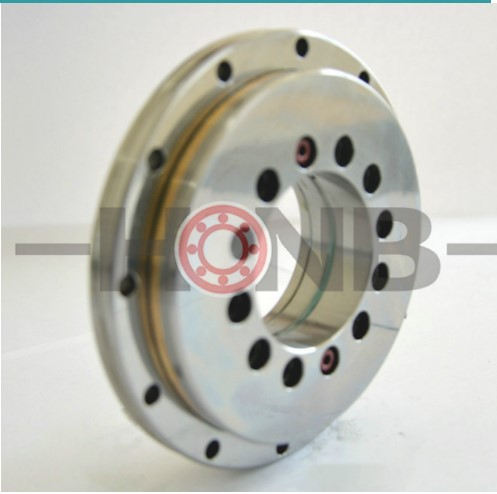When it comes to gears, there are two main causes of vibration:
The first is that the gear does not reach the precise grade caused by tangential or radial vibration;
The second is that the instantaneous gear ratio will change as the radius ratio changes as the teeth roll against each other.
For large gears with many teeth, power transfer usually involves multiple teeth, and the variation between radii is uniform as long as there is sufficient clearance and elasticity, as in helical gears. Small motors have smaller gears, fewer teeth, fewer teeth meshing (overlapping), and less meshing through helical gears.
As a result, even the small radius than fluctuations will make its become apparent, this will stimulate the rotation of the shaft vibration and bearing the radial vibration, the vibration is equal to the product of rotating frequency and number of teeth and its multiples, occasionally these vibrations by rotating frequency or its multiple modulation, such as when the plastic gears warp and loose.
Vibration is a form of displacement excitation, which is mainly a forced motion that produces pressure or force. The magnitude of vibration depends on the elasticity and other elasticity of the gear, the inertial torque, and the clearance between the gear and the lubricant pad.
Plastic gears are advantageous in terms of noise due to their elasticity, low mass, and material damping, but their size often increases to an unsatisfactory degree as temperature and humidity increase.
Therefore, they must be designed with clearance and they are not suitable for relatively high loads. For multistage transmissions and planetary gears, the radius variation largely compensates for the interaction throughout the drivetrain. Wear often causes clearance and backlash between teeth during the life of the motor.
When the gear drive is open and reversed, the clearance and backlash will generate impact noise in the drive. In the process of operation, the friction between moving parts will produce random impulse noise and continuous noise. Continuous noise usually contains many harmonics, and gaps and clearances may occur between many parts, typical examples being flange mounting of motor, gearbox without load, ball bearing with inadequate tensioning or ball bearing inner ring loose on shaft.
The clearance between the gear box teeth can cause vibration (displacement excitation), and the two sides of the gear teeth suddenly collide and spring back elastically. The resulting repetition frequency and amplitude depend greatly on the size of the clearance, and they become apparent under no-load conditions, during startup, or when the speed changes. As the load increases, the vibration disappears. These vibrations can be minimized by good lubrication and elastic teeth that provide material damping (plastic), which can be very harmful in large motors with clearance or worn metal teeth.
If you have any questions,pls feel free to cintact us.
e-mail:bearing6@hyzcgroup.com
- YRT rotary table bearing
- YRTS rotary table bearing (high speed series)
- YRTM with integral angular measuring system series
- ZKLDF axial angular contact ball bearing series
- RA series crossed roller bearing
- SX series crossed roller bearing
- CRBH series crossed roller bearing
- RE series crossed roller bearing
- RU series crossed roller bearing
- RB series crossed roller bearing
- XR/JXR series crossed taper roller bearing
- Crossed roller bearing

✉️ bearing20@hyzcgroup.com
📞 +86 15236685001






